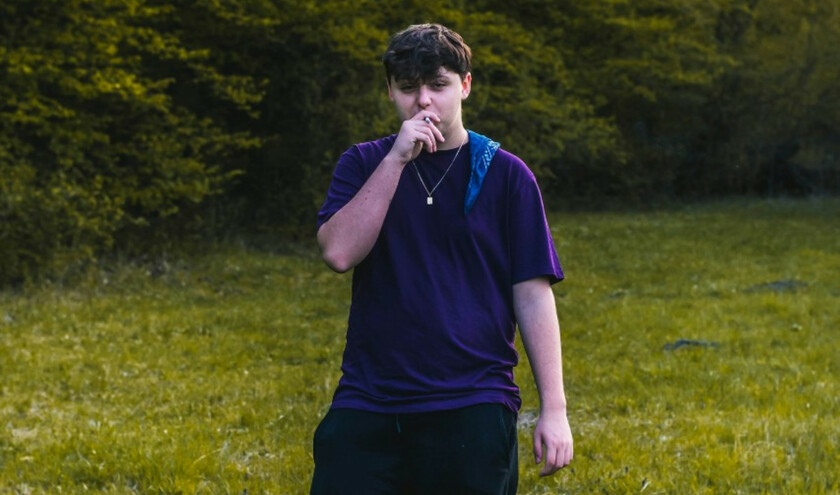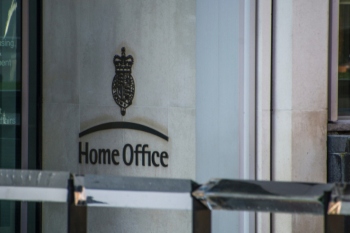The research project, funded by UK Research and Innovation, will track 100,000 young people aged 8-18 years over a decade, collecting data on behaviour, biology and health records to understand what affects young people's health and wellbeing, including the impact of vaping.
Minister for public health and prevention, Ashley Dalton, said: ‘We know that vaping can be a useful tool to quit smoking, but it's crucial we have clear evidence on the long-term health harms, especially for young people.
‘This landmark series of studies, combined with our first nationwide youth vaping campaign, will help drive evidence-based, decisive action to protect our children's future.'
Prof Lucy Chappell, NIHR chief executive and chief scientific adviser to DHSC, added: ‘By investing in important research such as this we give young people, parents, and policymakers the knowledge they need to make informed decisions and safeguard long-term health.'
Sarah Sleet, chief executive at Asthma + Lung UK, said: ‘It is already known that vaping can cause inflammation in the airways, and people with asthma have told us that vapes can trigger their condition. Vaping could put developing lungs at risk, while exposure to nicotine – also contained in vapes – can damage developing brains. This is why young people should be stopped from taking up vaping in the first place.'
Funded through the National Institute of Health and Care Research, the second set of groundbreaking research will see University College London produce yearly updates capturing the latest vaping research from both the UK and international sources.
Separately, the London School of Hygiene and Tropical Medicine will conduct the most comprehensive analysis of youth vaping studies to date, also funded by NIHR.
At the same time, the government is rolling out its first-ever nationwide campaign to inform young people about the hidden health dangers of vaping.
The campaign, Love Your Lungs, exposes the harms of vaping and nicotine addiction, highlighting that with their lungs and brains still developing, young people are more vulnerable to health risks.
Aimed at 13-18-year-olds, the campaign will roll out primarily on social media, using influencers to speak directly to its younger audience.



